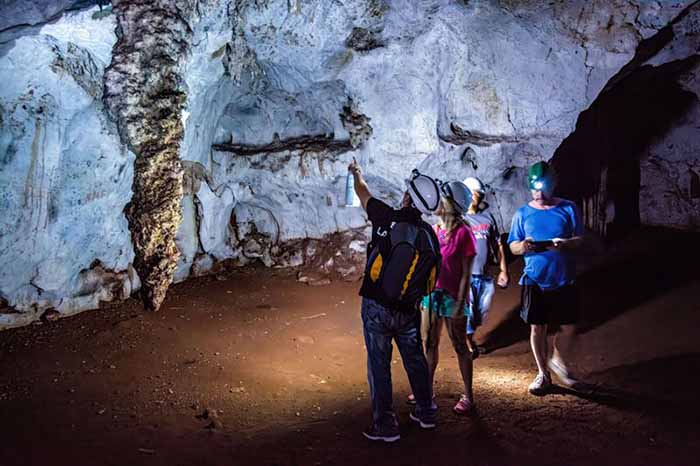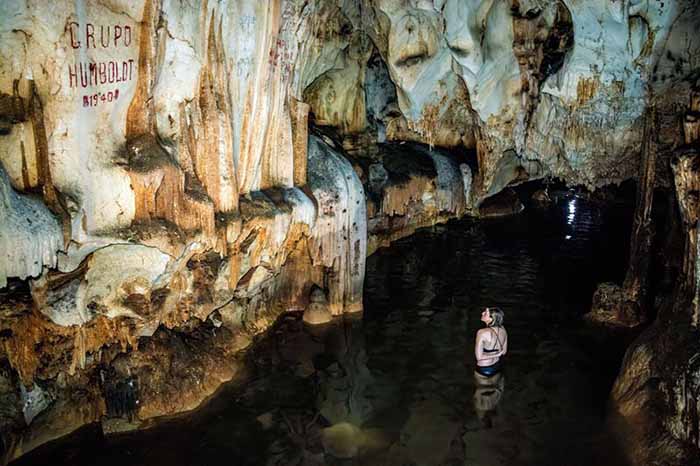The values of the caves of eastern Cuba presented in Holguín
- Written by Redacción ¡ahora!
- Published in Holguin
- Hits: 1454
 Photos: Juan Pablo Carreras
Photos: Juan Pablo Carreras
A conference on the caves of the province of Holguín, among the most important in Cuba, opened the IX Colloquium José Juan Arrom dedicated on this occasion to speleological studies of the largest of the Antilles.
Juan José Guarch del Monte, a prominent speleologist and researcher, told ACN this Tuesday that among the main cave systems stand out those located in the Karst Hills of Maniabón, in the Güirito-Punta de Mangle Plain, in the municipality of Gibara.
Also, the Banes karst system with great relevance due to the evidence of the aboriginal presence in the Caribbean area, where it stands out the golden idol exhibited in the Baní Indo-Cuban Museum, located in that town, known as the archaeological capital of the Caribbean island.
He highlighted that these geographical features are more than 130 thousand years old and are composed of limestone rocks of recent formation from an archaeological point of view and show evidence of prehistoric fauna.

Guarch del Monte noted that one of the most important spaces for this type of research is the Polja del Cementerio, made up of a system of underground caves that communicate with each other, where blind cave fish live, exclusive to the area, which is characterized by fleeing from light and a diet based on shrimp and crustaceans.
The event, based at the Carlos de la Torre y Huerta Natural History Museum, aims to promote studies on Ibero-American and particularly Indo-American customs and pay tribute to the prestigious intellectual born in the city of parks.
José Juan Arrom was a Holguín professor, researcher and essayist who died in Massachusetts, United States, in 2007; He graduated from Yale University with a Bachelor of Arts and a Doctor of Philosophy and dedicated his life to the study of Cuban and Latin American history, cultures and literature. (Source: ACN)
